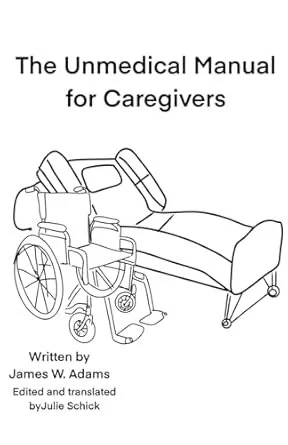The Best Tools and Techniques for Memory Loss After a Traumatic Brain Injury (TBI)
Why Memory Loss Happens After TBI
Memory challenges are among the most common—and most frustrating—symptoms after a traumatic brain injury. Survivors may forget conversations minutes after they happen, lose track of tasks, or become disoriented about the time of day.
This isn’t just “being forgetful.” It’s how the injured brain processes and stores information. Some people recover memory over time, while others live with ongoing difficulties. For caregivers, this means finding ways to make daily life more predictable, supportive, and less frustrating.
Building Consistency Through Routines
One of the best techniques to support memory is repetition. The brain benefits from predictable patterns.
Same time, same place: Meals, rest, and medications should happen on a regular schedule.
One step at a time: Multitasking is especially hard—break tasks down into smaller parts.
Rehearse and repeat: Going over instructions or activities several times strengthens recall.
👉 Helpful Tool: A large-print daily planner or wall calendar (👉 Click here) gives structure and makes routines visible to both survivor and caregiver.
Practical Tools That Support Daily Orientation
Keeping track of time, date, and upcoming tasks helps reduce anxiety and confusion.
Digital Day Clocks – Show time, day, and date clearly for quick orientation (👉 Click here).
Medication Organizers with Alarms – Prevents skipped or double doses, which is a common issue with memory loss (👉 Click here).
Smartwatches or Reminder Apps – Can be set to gently remind of appointments, meals, or routines (👉 Click here).
These tools not only support memory but also ease the caregiver’s mental load.
Caregiver Techniques That Make a Difference
Even the best tools work better when paired with caregiver strategies:
Simplify language – Short, clear sentences prevent confusion.
Use visual cues – Labels on doors, drawers, and containers help with orientation.
Encourage writing things down – A notebook or phone app can serve as a quick memory aid.
Redirect gently – If frustration builds, move to a new activity and revisit later.
The goal isn’t perfection—it’s reducing stress and helping your loved one function as independently as possible.
Final Thoughts
Memory loss after a traumatic brain injury can be discouraging, but small changes can make daily life easier. With consistent routines, supportive tools, and caregiver patience, progress is possible.
If you found this article helpful, my book The Unmedical Manual for Caregivers offers even more real-world strategies and caregiver support. 👉 Click here to get your copy today.
Related Reading for Caregivers
Want more caregiver-friendly TBI resources? Check out the other guides in this series:
10 Essential Safety Tips for Caring for Someone with a Traumatic Brain Injury (TBI) – Simple home adjustments to prevent falls and injuries.
The Ultimate Guide to Managing Fatigue After a Traumatic Brain Injury – Strategies to balance activity, rest, and recovery.
Disclaimer
I am not writing this article from the perspective of a medical professional. This information is intended for general caregiver support and educational purposes only. It should not be taken as medical advice, diagnosis, or treatment. Always consult a qualified healthcare provider with questions about your loved one’s health or recovery.




